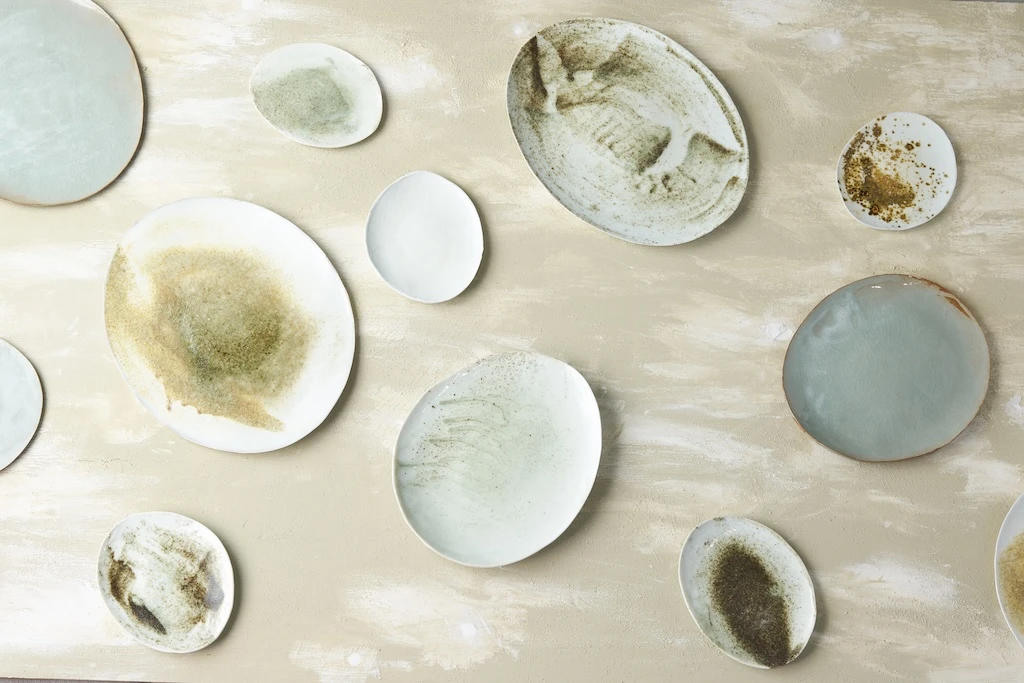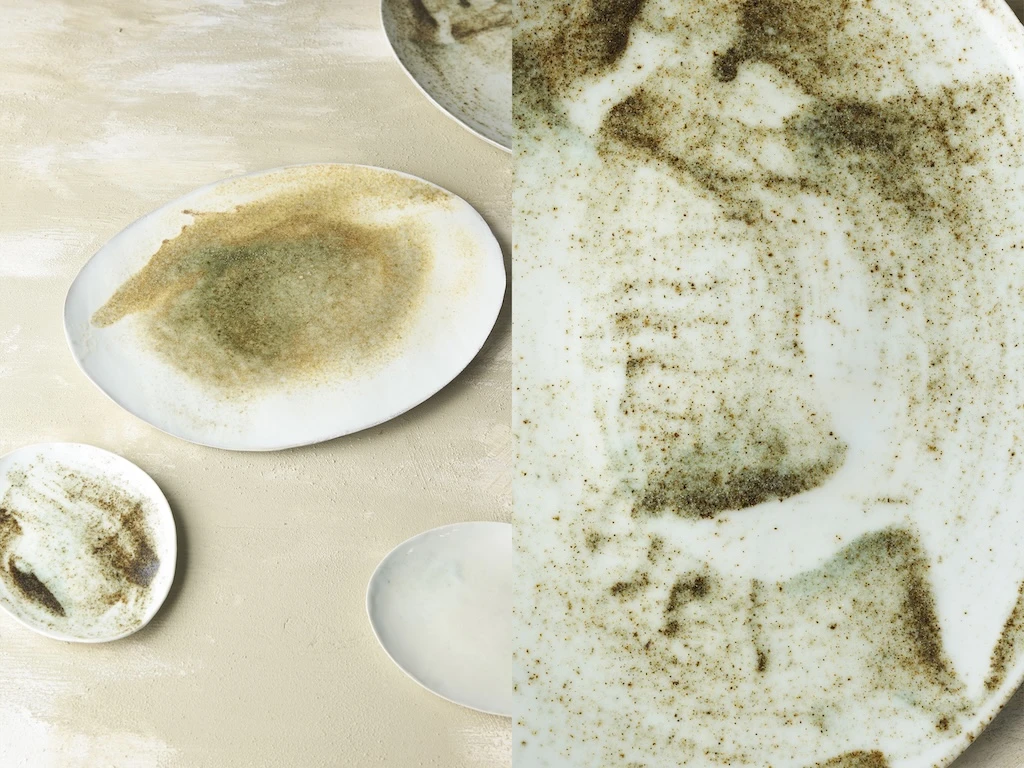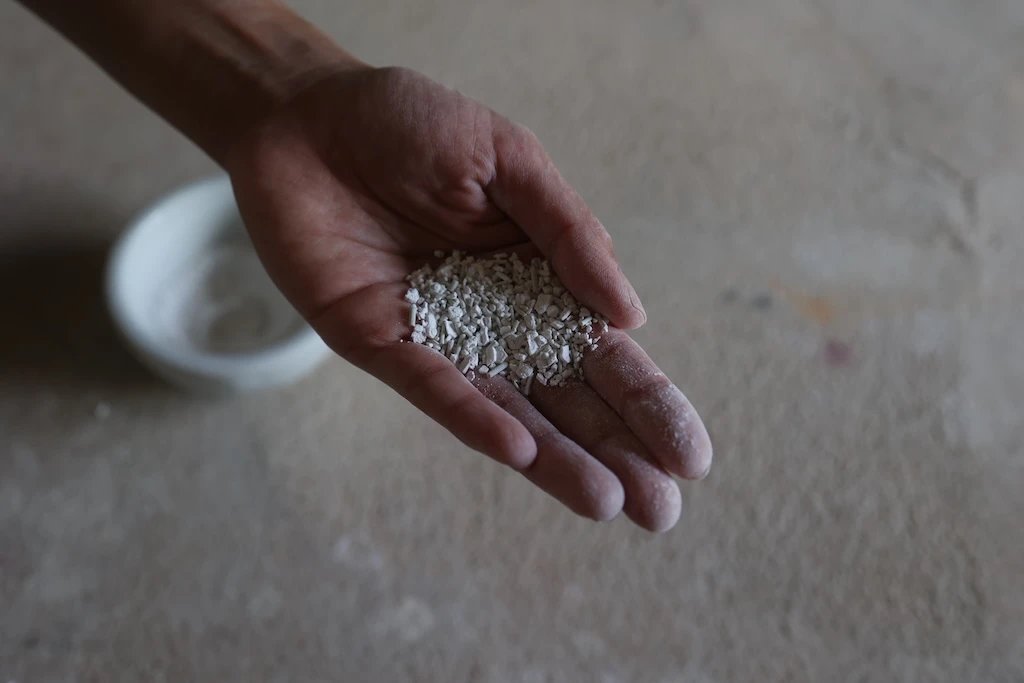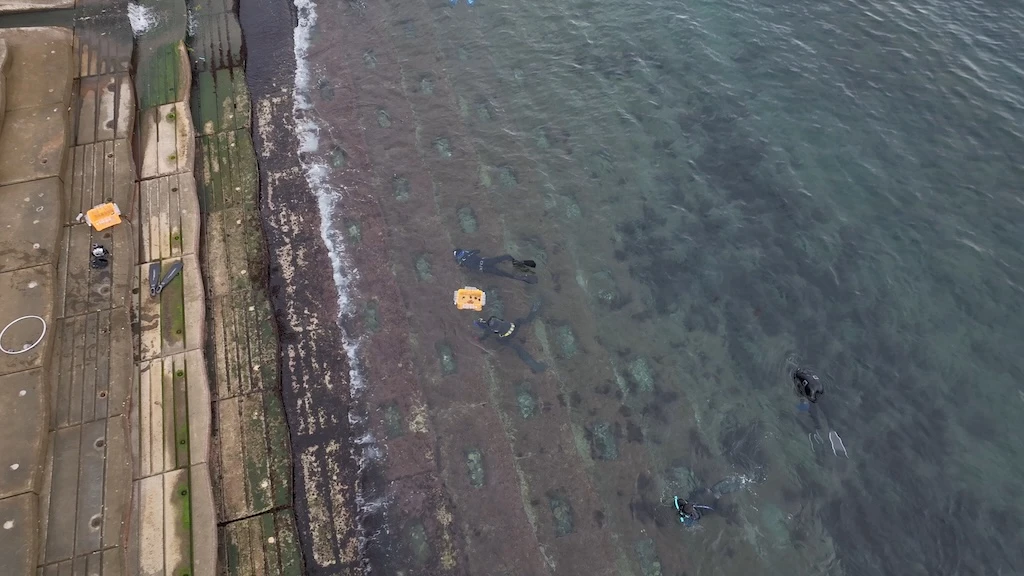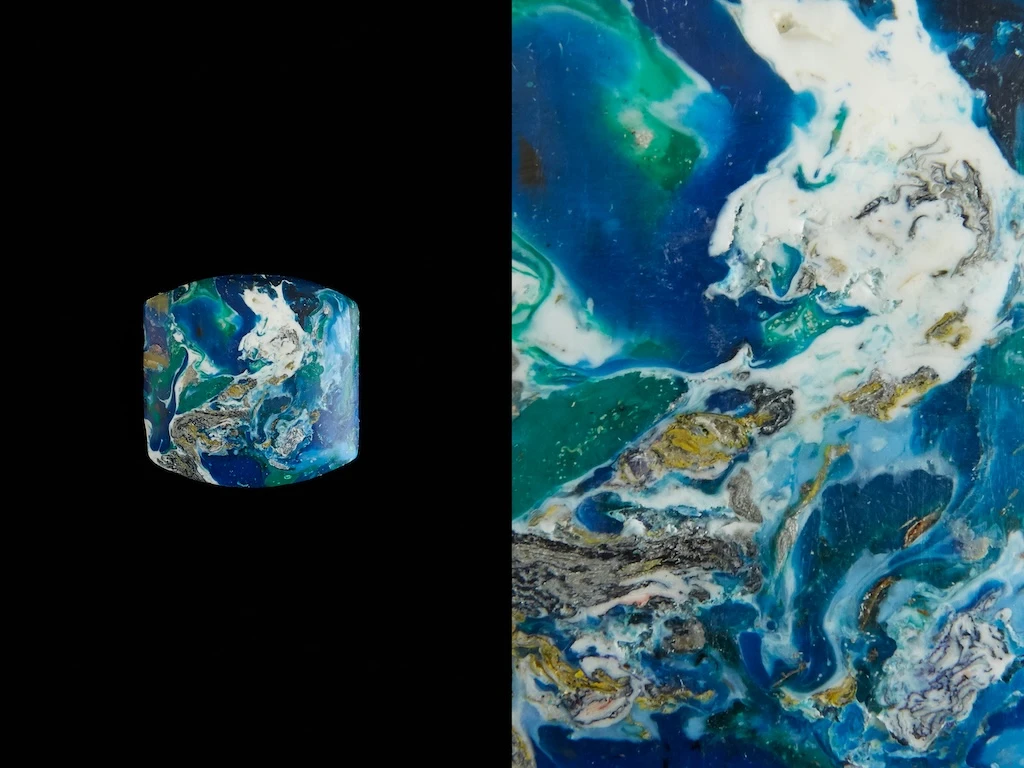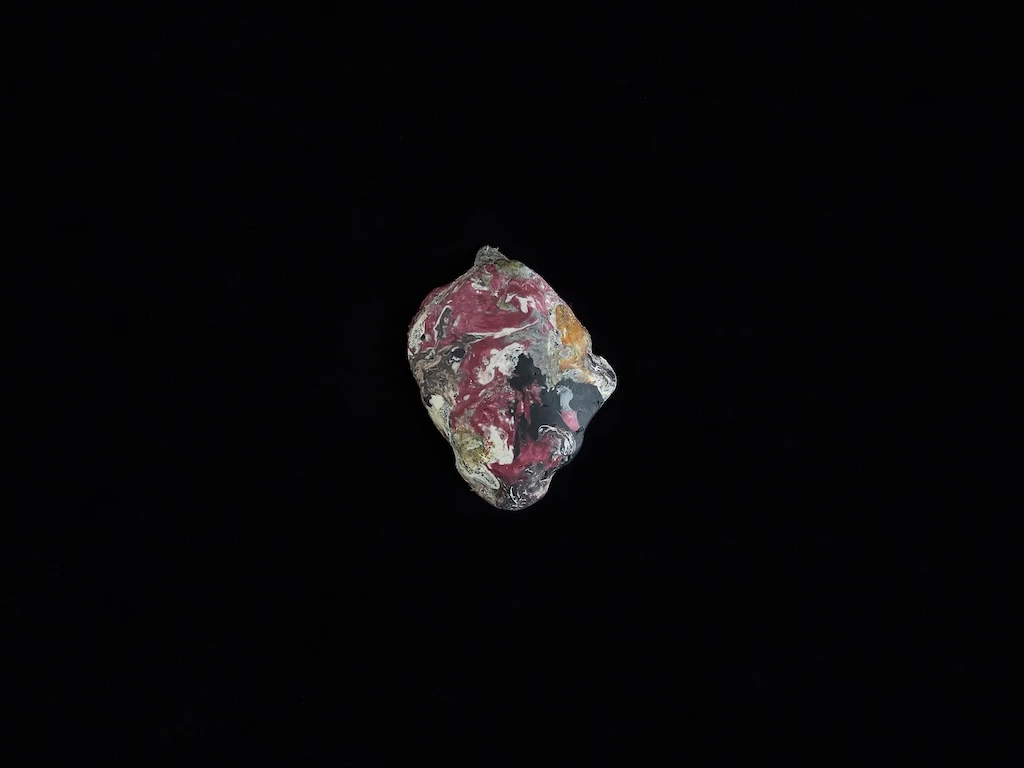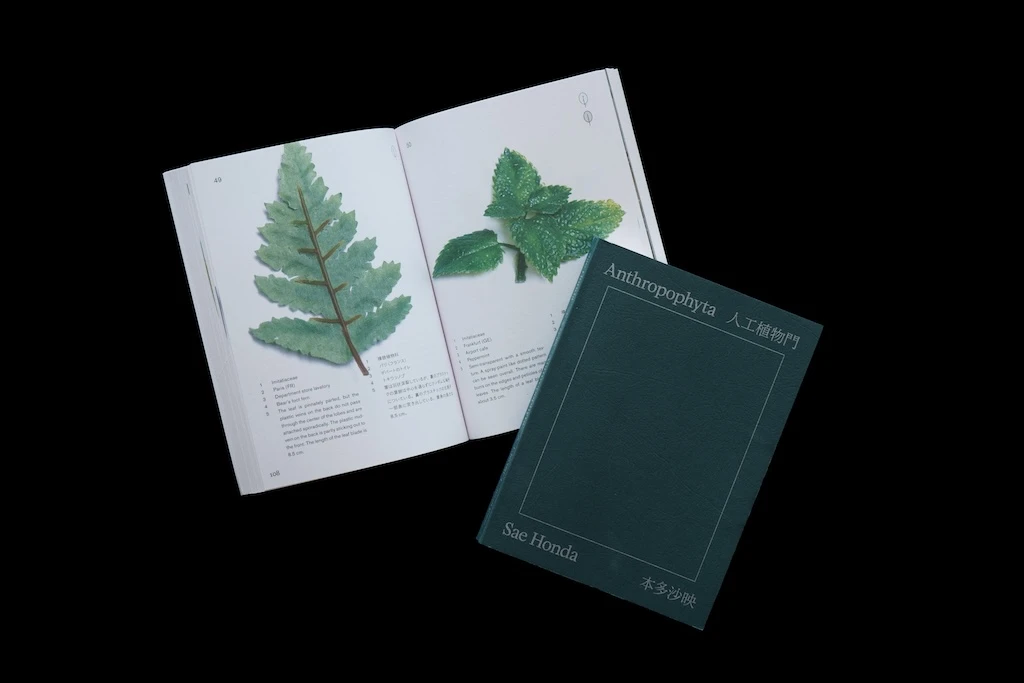JUNKAN Museum
“JUNKAN”: A Creator’s Vision.
Exploring “JUNKAN” through Varied Perspectives, Ideas, and Expressions.
Designer / Artist
Sae Honda
9/11
Exploring the Boundary Between Nature and Artifice:
Storytelling through Materials, Observation, Experimentation, and Sensibility
As a designer and artist, my work explores the intersection between the natural and artificial worlds. Originally trained in woodworking and furniture design at an art university, I later discovered jewelry design as a conceptual starting point for my artistic explorations.
When I studied in the Netherlands, although enrolled in a jewelry program, the school encouraged us to think beyond wearable pieces, prompting deeper questions about how materials themselves carry meaning and value. How could we uncover hidden potential in overlooked materials, and what stories could these materials tell? These inquiries became the foundation of my work.
My recent project, “Rebuilding Ocean Hue” (first photo), began from concerns about “Isoyake”, a condition in which marine forests disappear, causing significant ecological problems. My research took me to Toba City in Mie Prefecture, renowned for Akoya pearls. While there, I spoke with local divers who expressed serious concern about seaweed loss caused by the overpopulation of sea urchins, exacerbated by climate change. With fewer natural predators, these sea urchins consume vast areas of seaweed, creating barren underwater deserts.
Inspired by their efforts, I sought ways to contribute through my own practice. Collaborating with artisans from Hasami-yaki pottery, we experimented extensively with new glazes made from calcined sea-urchin shells. These shells contain trace amounts of magnesium, resulting in a unique matte finish when applied as a glaze. The resulting ceramic series, titled “Rebuilding Ocean Hue”, was born out of this experimentation, combining practical sustainability with aesthetic innovation. I aim to refine this further for commercial production.
At the core of my work has always been an interest in the boundary between nature and artifice. My experience abroad, particularly in the Netherlands, focused this interest: how might current distinctions between “natural” and “artificial” evolve or become increasingly ambiguous in the future? Synthetic materials like lab-grown rubies, for example, challenge conventional boundaries. Doesn’t craftsmanship driven by a genuine love and respect for nature blur the lines we draw between authentic and artificial? Such nuanced craftsmanship deserves greater recognition.
Recycling, likewise, holds value not simply as a practical action but when it carries a personal touch, an emotional perspective. I believe genuine sustainability involves not only circulating materials but embedding them with deeper meaning through individual creativity. By approaching recycling and sustainability with sensitivity and storytelling, we create a richer, more thoughtful society—one where value transcends mere functionality.
Through my creations, I hope to first appeal to the senses, sparking curiosity about the stories hidden behind each material. It is this blend of sensitivity, observation, and experimentation that guides my vision of a genuinely sustainable future.
Photos: Nanako Ono (Artwork images 1 & 2, Profile) / Ryusei Tasaki (Image 3) / GREEN (Image 4) / Nanako Ono (Image 5,6)
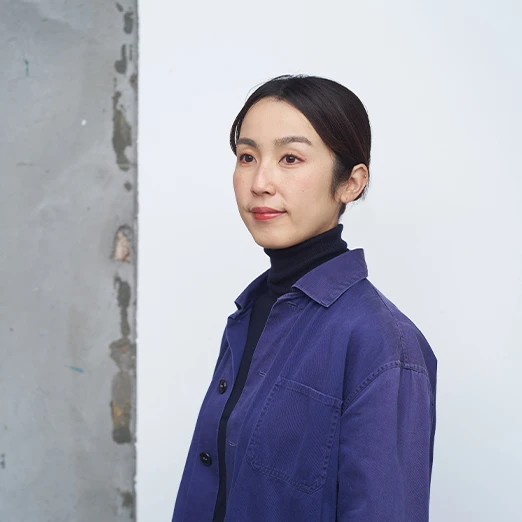
Graduated from Musashino Art University (Department of Industrial, Interior, and Craft Design) in 2010. From 2013 onward, Honda has actively exhibited works both in Japan and internationally, collaborating with companies, educational institutions, and research organizations on diverse projects. Honda’s work is part of permanent collections at notable museums, including the Stedelijk Museum Amsterdam and Rijksmuseum Amsterdam.
Let’s Share!
Do you want to be a part of “JUNKAN” ?
Share your Monthly JP pavilion,
and circulate your thoughts.
Related Artist
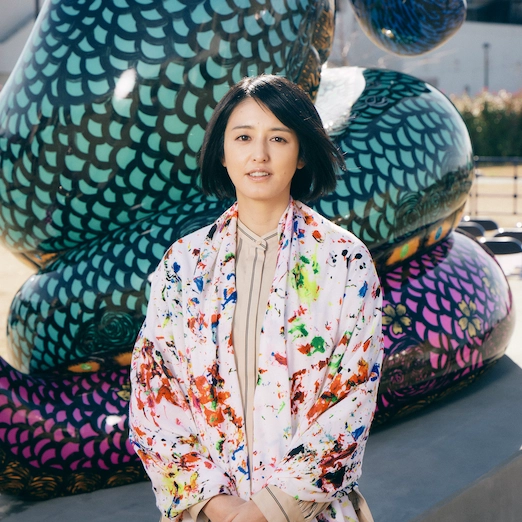
1/11
Artist
Miwa Komatsu

2/11
Artist/Plant Director/Doctor (Agriculture)
Mikiko Kamada
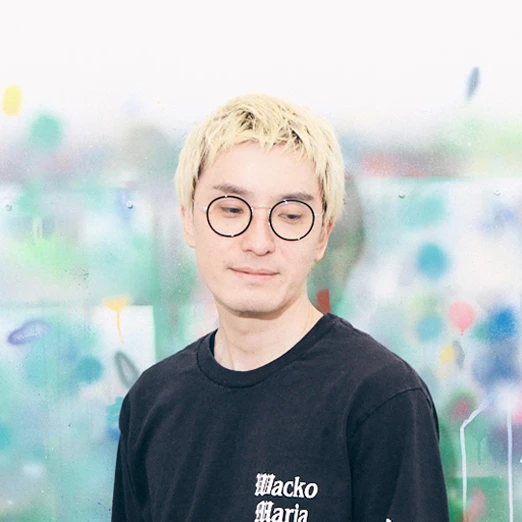
3/11
Artist
Hiroki Niimi

4/11
Photographer
Shinichiro Shiraishi
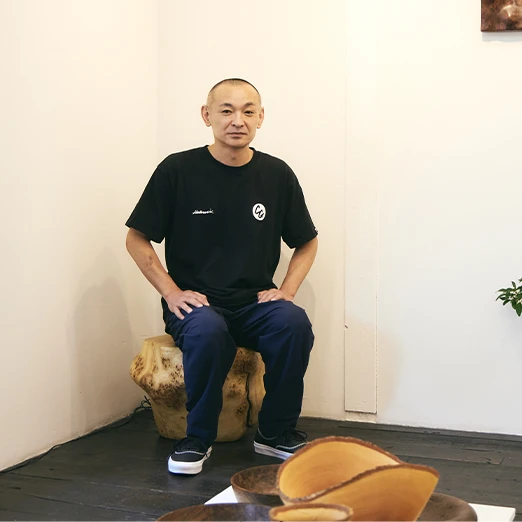
5/11
Artist
Shoji Morinaga
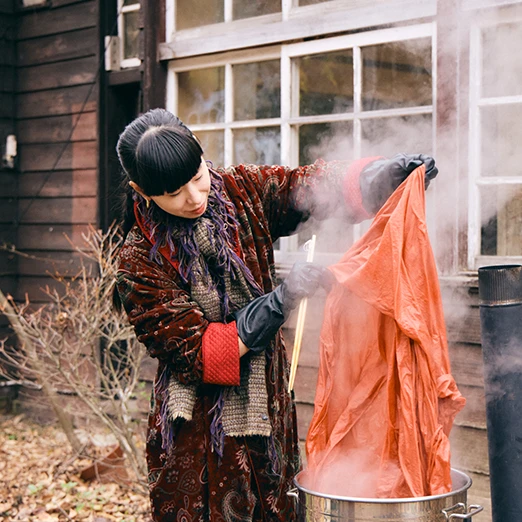
6/11
Plant Dyeing Artist
Misaki Ushiozu
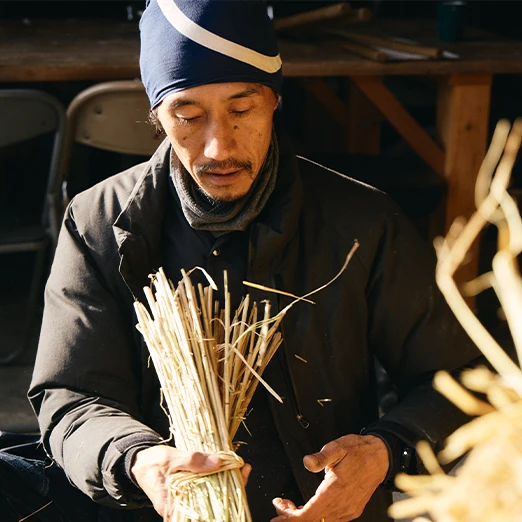
7/11
Thatch Craftsman
Ikuya Sagara

8/11
Artist
Moeko Yamazaki
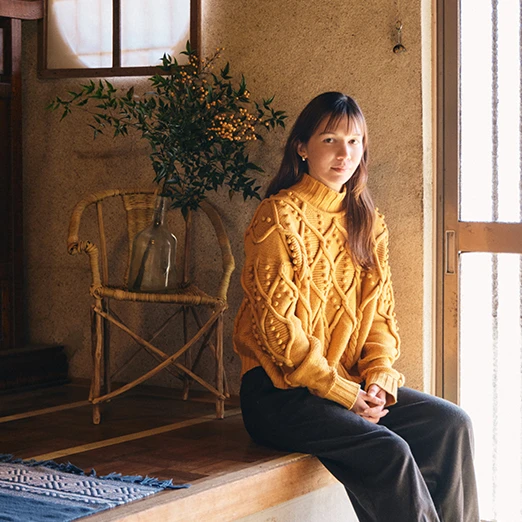
10/11
Contemporary Artist
Hanna Saito
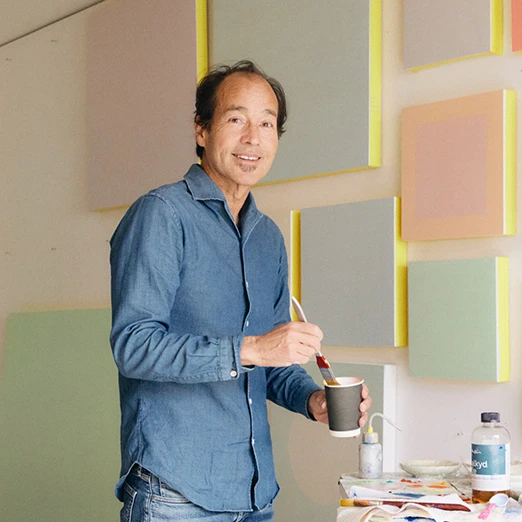
11/11
Abstract Painter
Shingo Francis
